Last week, a team of climate scientists called World Weather Attribution (WWA) reported that heat waves across Asia, from the west to the southeast, had been rendered nearly 45-times more likely by climate change.
About UN Intergovernmental Panel on Climate Change (IPCC)
|
|---|
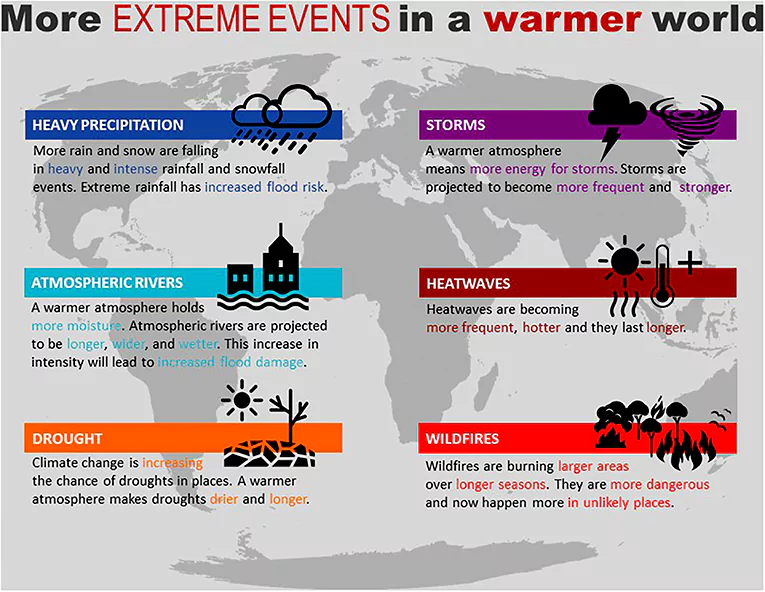
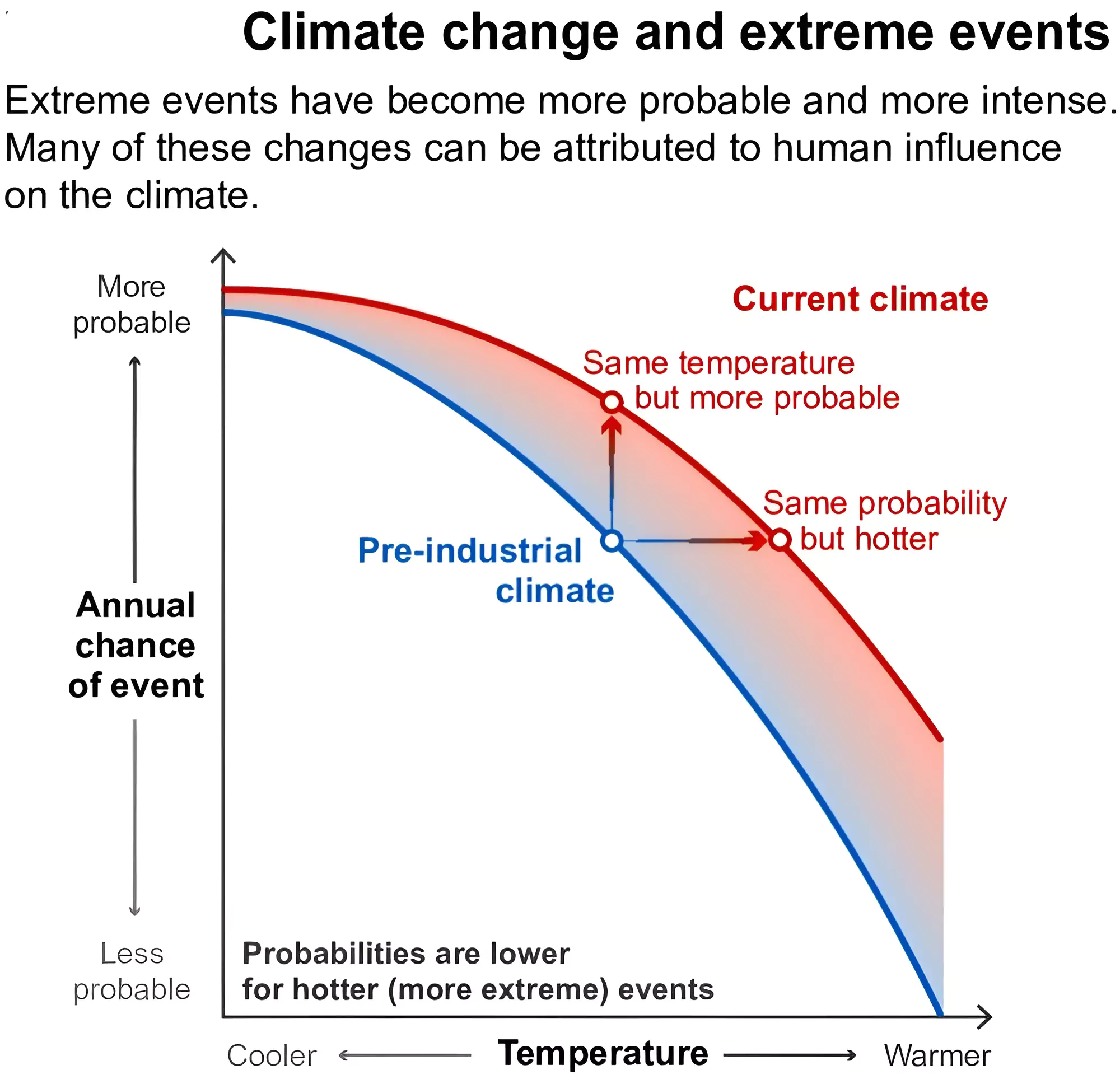
Loss and Damage FundLoss and Damage Fund was proposed during COP-27 in Sharm El-Sheikh, Egypt in 2022. It will operate through an independent secretariat located at the World Bank and has received commitments of at least $450 million from various countries. However, a significantly larger sum is necessary to fulfill its intended purpose.
|
|---|
| Must Read | |
| NCERT Notes For UPSC | UPSC Daily Current Affairs |
| UPSC Blogs | UPSC Daily Editorials |
| Daily Current Affairs Quiz | Daily Main Answer Writing |
| UPSC Mains Previous Year Papers | UPSC Test Series 2024 |
Recently, Norway, Ireland and Spain announced that they will formally recognise the state of Palestine.
Oslo Peace Accord:
|
|---|
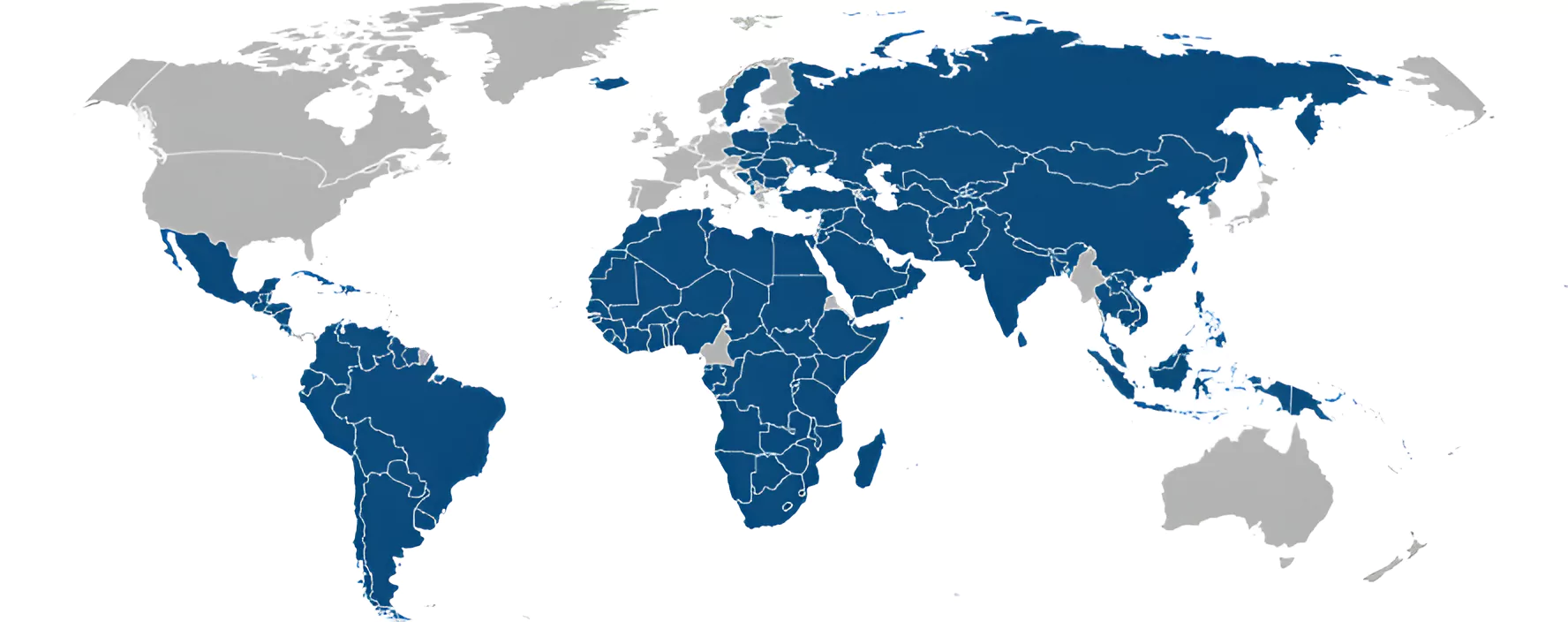
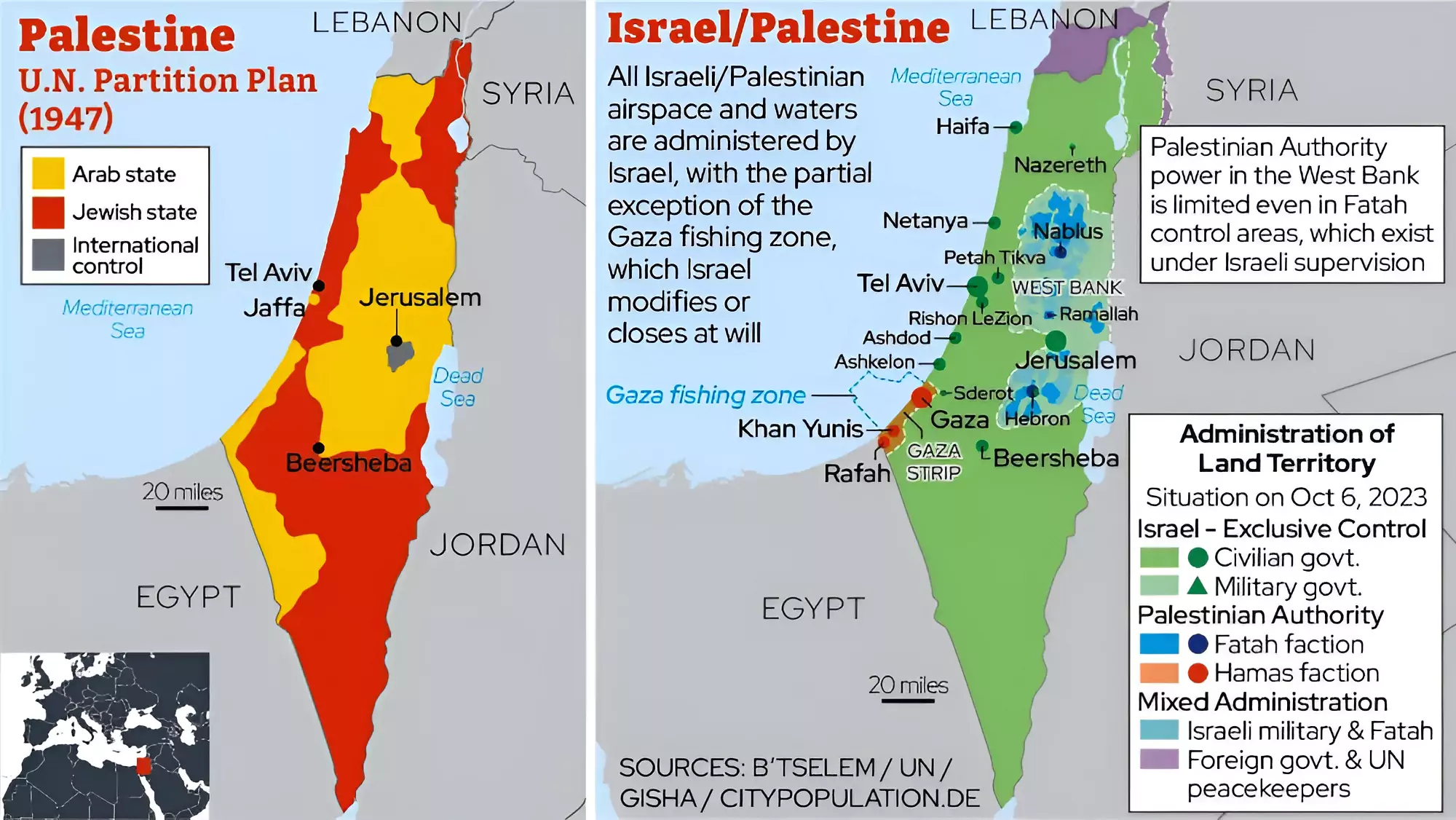
| Must Read | |
| NCERT Notes For UPSC | UPSC Daily Current Affairs |
| UPSC Blogs | UPSC Daily Editorials |
| Daily Current Affairs Quiz | Daily Main Answer Writing |
| UPSC Mains Previous Year Papers | UPSC Test Series 2024 |
Recently the BIMSTEC acquired ‘legal personality’ after the first charter came into force which allows the organization to add new members and observers.
| Must Read | |
| NCERT Notes For UPSC | UPSC Daily Current Affairs |
| UPSC Blogs | UPSC Daily Editorials |
| Daily Current Affairs Quiz | Daily Main Answer Writing |
| UPSC Mains Previous Year Papers | UPSC Test Series 2024 |
Recently, the Election Commission (EC) of India told the Supreme Court that it cannot upload Form 17C, which is the record of votes polled at a polling station, because there is no legal mandate to give it to anyone other than candidates and their agents.
About Association for Democratic Reforms (ADR)
|
|---|
| Must Read | |
| NCERT Notes For UPSC | UPSC Daily Current Affairs |
| UPSC Blogs | UPSC Daily Editorials |
| Daily Current Affairs Quiz | Daily Main Answer Writing |
| UPSC Mains Previous Year Papers | UPSC Test Series 2024 |
Pig Butchering Scams, a type of online financial fraud, are on the rise worldwide, including in India.
Blockchain TechnologyBlockchains represent a novel secure data structure, reliant on cryptography and distributed across a network. This technology underpins cryptocurrencies like Bitcoin, facilitating the transfer of digital assets and data.
|
|---|
| Must Read | |
| NCERT Notes For UPSC | UPSC Daily Current Affairs |
| UPSC Blogs | UPSC Daily Editorials |
| Daily Current Affairs Quiz | Daily Main Answer Writing |
| UPSC Mains Previous Year Papers | UPSC Test Series 2024 |
Recently, a new four-way security arrangement to launch SQUAD in the Indo-Pacific was institutionalized.
Minilaterals:
|
|---|
About the Indo-Pacific: Differing Perceptions
|
|---|
| Must Read | |
| NCERT Notes For UPSC | UPSC Daily Current Affairs |
| UPSC Blogs | UPSC Daily Editorials |
| Daily Current Affairs Quiz | Daily Main Answer Writing |
| UPSC Mains Previous Year Papers | UPSC Test Series 2024 |
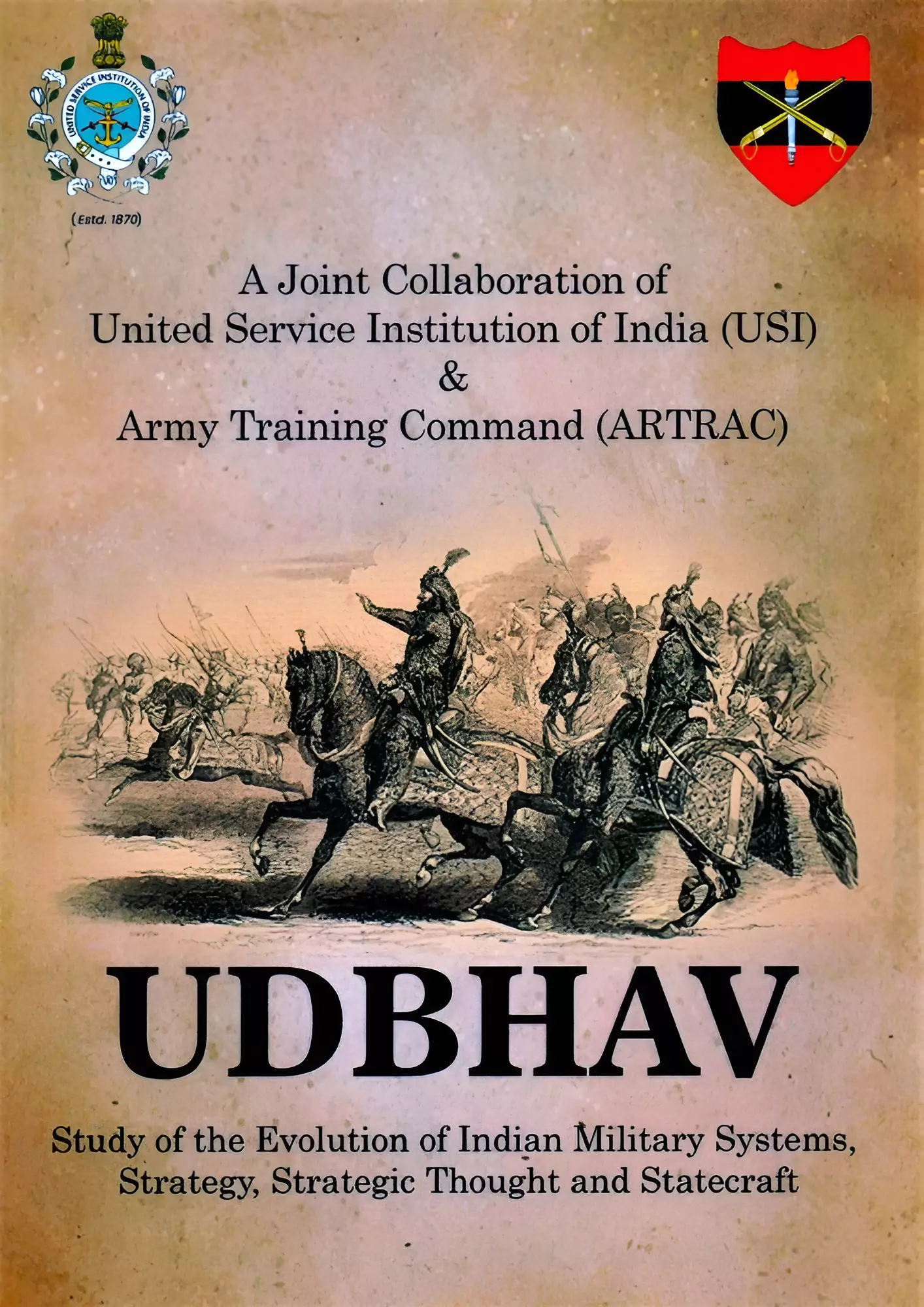
Recently Indian Army Chief Gen Manoj Pande in the conference titled ‘Historical Patterns in Indian Strategic Culture‘,revealed that The Indian Army, under its initiative Project Udbhav, is Exploring war tactics from vedas, puranas, and Mahabharata.
United Service Institution of India (USI).
|
|---|
Significance of The Ancient Indian knowledge system
|
|---|
Current Studies by various Military Training & Management units:
|
|---|
| Must Read | |
| NCERT Notes For UPSC | UPSC Daily Current Affairs |
| UPSC Blogs | UPSC Daily Editorials |
| Daily Current Affairs Quiz | Daily Main Answer Writing |
| UPSC Mains Previous Year Papers | UPSC Test Series 2024 |
A retiring Calcutta High Court judge revealed that he has always been a member of the Rashtriya Swayamsevak Sangh (RSS).
Cooling-off period for judges , bureaucracy about joining politics
|
|---|
| Articles | Constitutional Provisions in India |
| Article 124 |
|
| Article 217 |
|
| Must Read | |
| NCERT Notes For UPSC | UPSC Daily Current Affairs |
| UPSC Blogs | UPSC Daily Editorials |
| Daily Current Affairs Quiz | Daily Main Answer Writing |
| UPSC Mains Previous Year Papers | UPSC Test Series 2024 |
As per the Indian Cyber Crime Coordination Centre (I4C), nearly half of financial frauds targeting Indians are originating from the three south-east Asian countries of Myanmar, Cambodia and Laos.
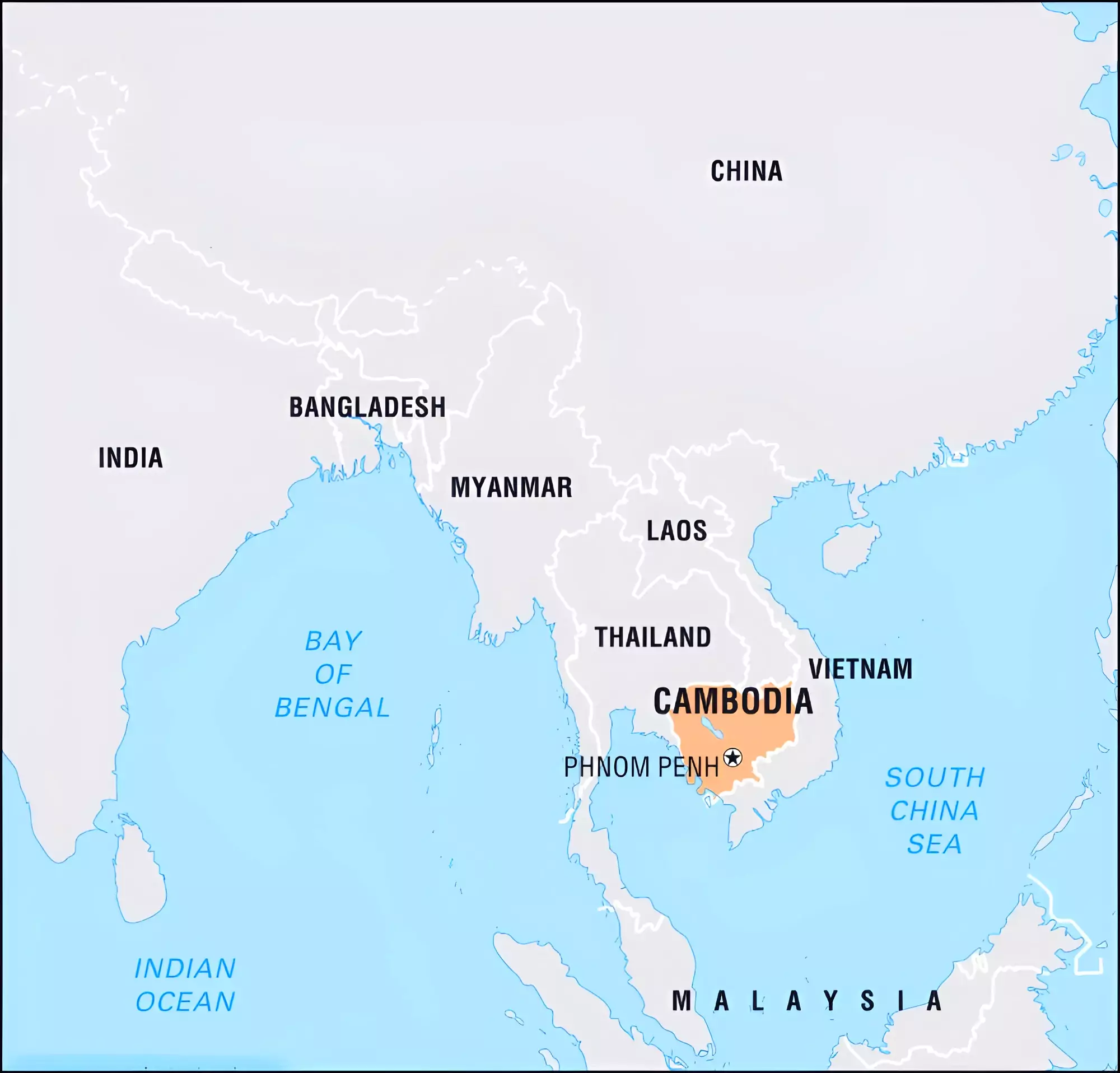
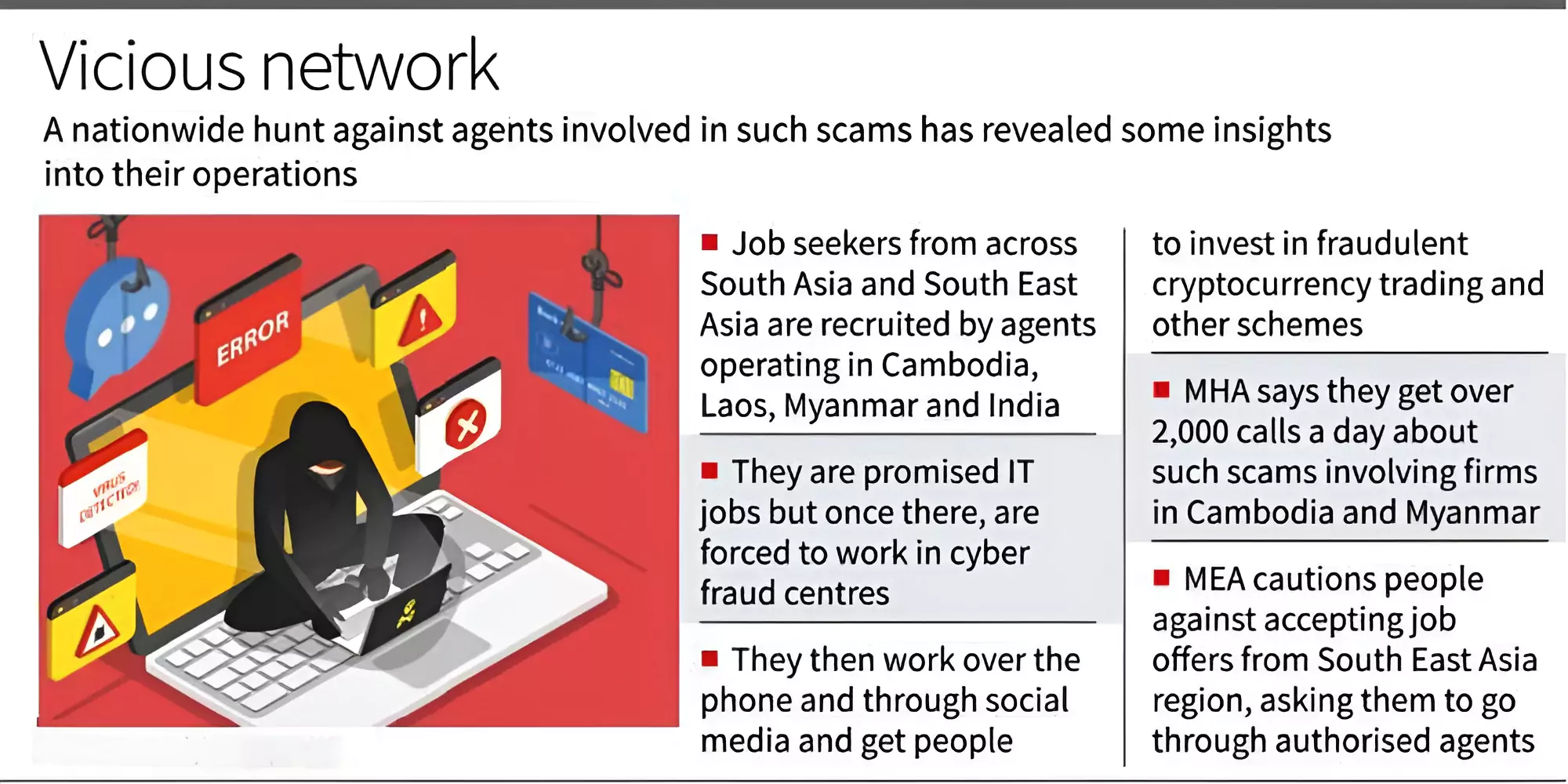
Organized Crime:
About Cybercrime:
About Indian Cyber Crime Coordination Centre (I4C):
|
|---|
| Must Read | |
| NCERT Notes For UPSC | UPSC Daily Current Affairs |
| UPSC Blogs | UPSC Daily Editorials |
| Daily Current Affairs Quiz | Daily Main Answer Writing |
| UPSC Mains Previous Year Papers | UPSC Test Series 2024 |
The European Union (EU) activated its rapid satellite mapping service to help search efforts, in the wake of Iran President’s death.
|
|---|
| Must Read | |
| NCERT Notes For UPSC | UPSC Daily Current Affairs |
| UPSC Blogs | UPSC Daily Editorials |
| Daily Current Affairs Quiz | Daily Main Answer Writing |
| UPSC Mains Previous Year Papers | UPSC Test Series 2024 |
The Principal Scientific Adviser (PSA) to the Government of India convened the first meeting to discuss biomass cultivation on degraded land for green biohydrogen production and bioenergy generation.
| Degraded Land: As per United Nations Environmental Programme, degraded land is defined as land that has suffered from a long-term loss of ecosystem services caused by disturbances from which the system cannot recover unaided.
Green Hydrogen: It is defined as hydrogen produced by the electrolysis of water, that is splitting water into hydrogen and oxygen using renewable electricity. Bioenergy: It is a form of renewable energy generated by burning biomass fuel. |
|---|
Biomass is the residue of organic matter that comes from living things and is composed of elements such as Carbon, Hydrogen, Nitrogen, Phosphorus, Oxygen, etc.
Biomass Co-firing:
Biomass Pellets:
|
|---|
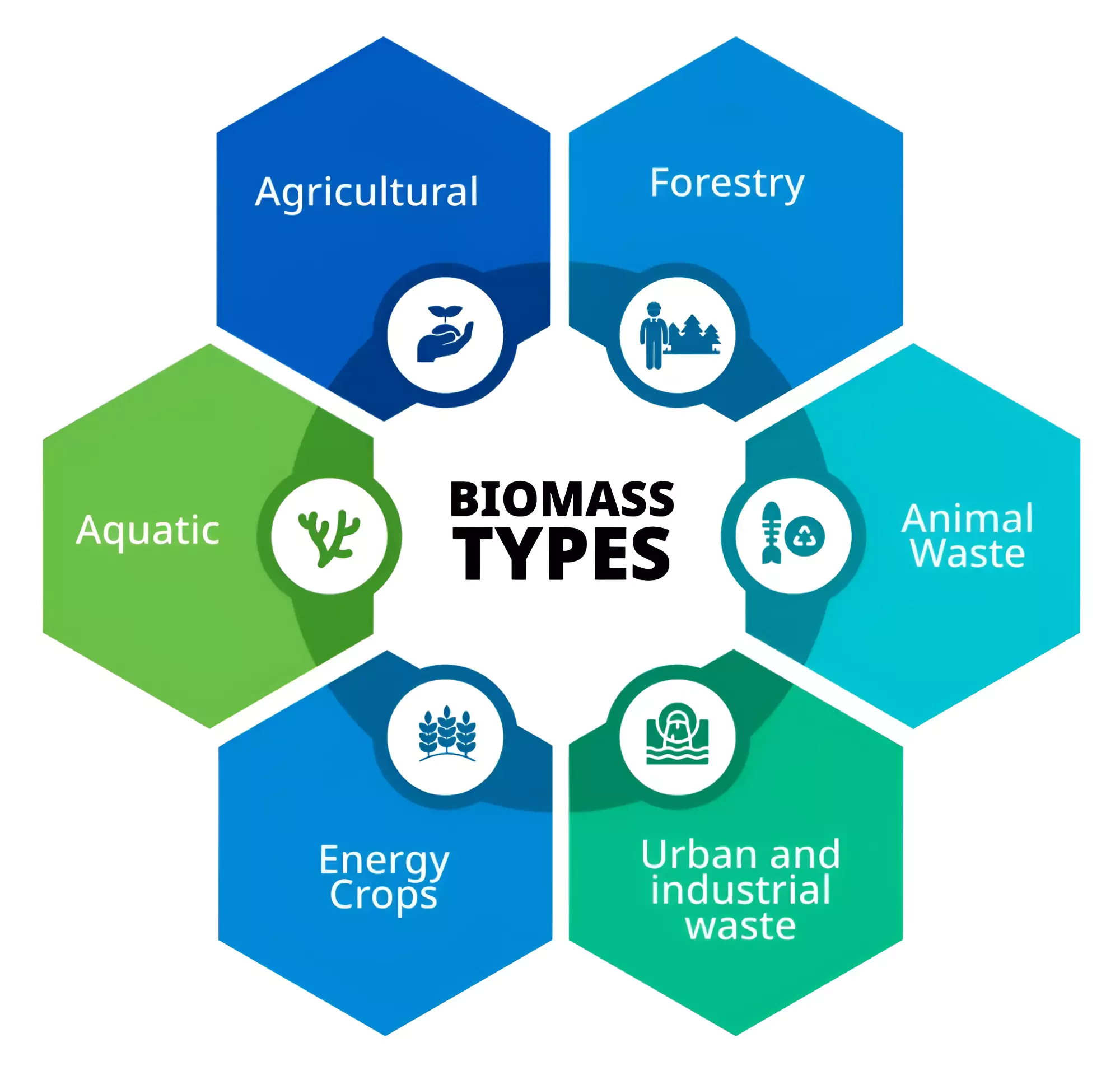
| Biochar is a charcoal-like substance that’s made by burning organic material from agricultural and forestry wastes (also called biomass) in a controlled process called pyrolysis. |
|---|
Government Programs and Initiatives to promote Biomass Production
|
|---|
| Must Read | |
| NCERT Notes For UPSC | UPSC Daily Current Affairs |
| UPSC Blogs | UPSC Daily Editorials |
| Daily Current Affairs Quiz | Daily Main Answer Writing |
| UPSC Mains Previous Year Papers | UPSC Test Series 2024 |
Maharashtra Withdraws GRs on Hindi as Third Langua...
Statistical Report on Value of Output from Agricul...
Skills for the Future: Transforming India’s Work...
National Turmeric Board HQ Inaugurated in Nizamaba...
ECI Moves to De-List 345 Inactive Registered Unrec...
MNRE Issues Revised Biomass Guidelines Under Natio...
<div class="new-fform">
</div>